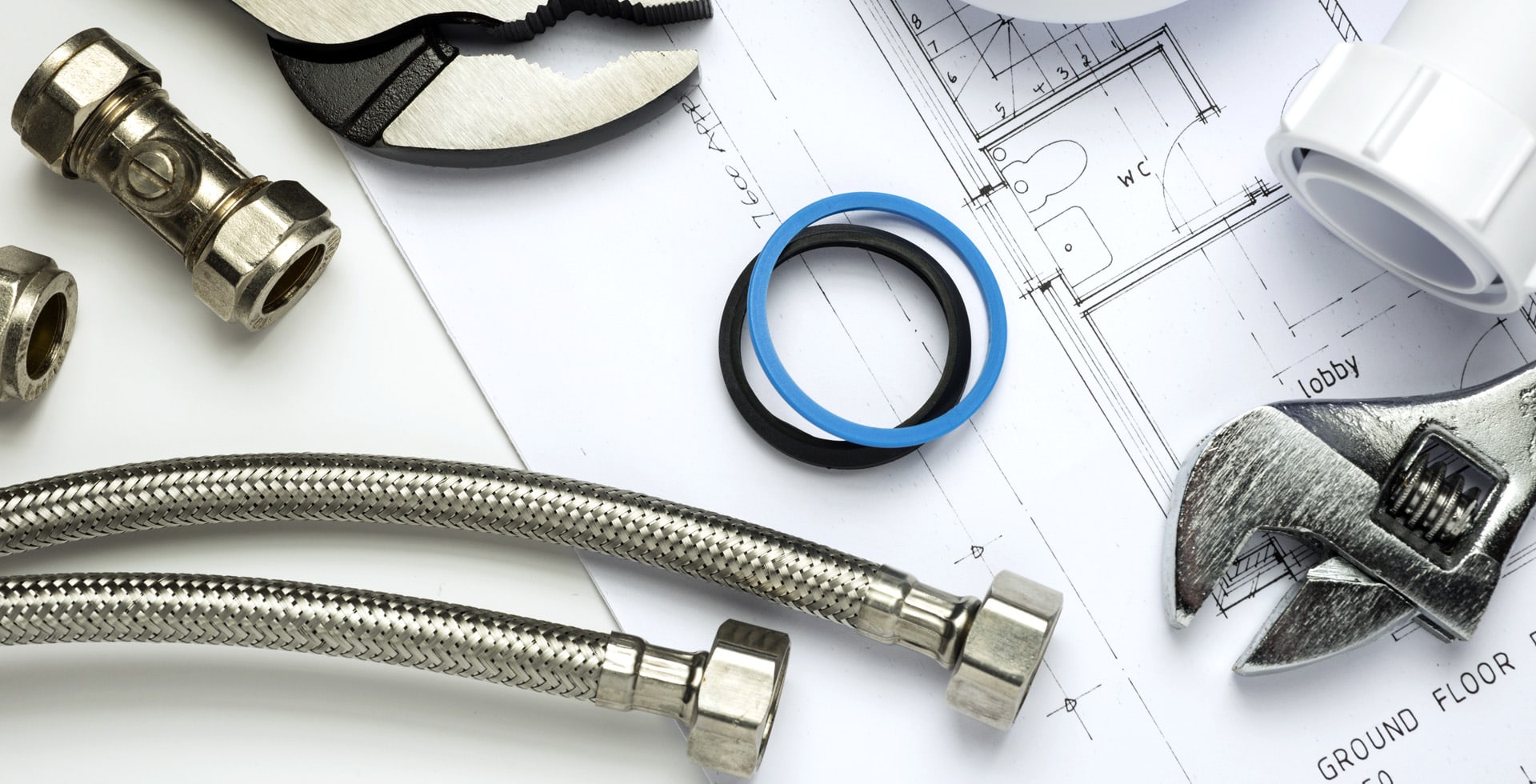“`html
How to Finance a New Roof Installation
Installing a new roof is an essential investment for homeowners. Whether it’s due to wear and tear or storm damage, financing a roof replacement can feel overwhelming. With various options available, it’s crucial to understand how to choose the right financing plan that fits your budget. This guide outlines the best methods to finance a new roof installation.
Understanding the Costs Involved
Before considering financing, it’s essential to assess the total costs associated with a new roof installation, which include:
- Materials: The type of roofing material affects the overall cost. Options include asphalt shingles, metal roofing, tile, and more.
- Labor: The cost of skilled labor can vary significantly based on location and the complexity of the installation.
- Permits: Some areas require permits for roof installation, adding to the cost.
- Removal of Old Roof: If an old roof needs to be removed, disposal costs may apply.
An in-depth estimate can help you understand the total financial commitment. Be sure to get quotes from multiple contractors to compare prices and services.
Financing Options for Your New Roof
Once you know the costs involved, it’s time to explore financing options. Here are some common methods:
1. Home Improvement Loans
Home improvement loans are specifically designed for renovations. They come in two main types:
- Secured Loans: These loans use your home as collateral and typically offer lower interest rates.
- Unsecured Loans: These don’t require collateral but may have higher interest rates.
2. Home Equity Line of Credit (HELOC)
A HELOC allows homeowners to borrow against their equity. It functions like a credit card, offering a revolving line of credit that can be used for large expenditures like a new roof.
3. Credit Cards
If the cost of your new roof installation is manageable, using a credit card could be a feasible option. Look for cards with a 0% introductory APR offer to avoid interest charges while paying off the balance.
4. Roofing Company Financing
Many roofing companies offer financing options directly. These can include installment plans or promotional financing with low or no interest. It’s beneficial to inquire about these options during the estimate phase.
5. Government Programs
Some local and state programs provide financing assistance or grants for home improvements, especially for essential repairs. Check with local housing agencies to see if you qualify for any potential financial aid.
6. Personal Loans
A personal loan can be an excellent way to cover the costs of a new roof. Research and compare interest rates from banks, credit unions, and online lenders to find the best deal.
Criteria to Consider When Financing a New Roof
Choosing the right financing option involves evaluating several criteria:
- Interest Rates: Lower rates will reduce the overall cost of borrowing.
- Loan Terms: Longer loan terms usually mean lower monthly payments, but higher interest overall.
- Monthly Payments: Ensure the monthly payments fit comfortably within your budget.
- Approval Process: Check how long it takes to get approved to avoid delays in your roofing project.
Tips for Managing Roof Financing
Proper management of your financing plan is crucial for financial stability. Here are some tips:
- Create a Budget: Include your new roof payments into your monthly budget to prevent overspending.
- Build an Emergency Fund: Setting aside funds can help cover unexpected costs in the future.
- Make Extra Payments: If possible, pay more than the minimum to reduce your loan principal faster.
Conclusion
Financing a new roof installation doesn’t have to be a daunting process. By understanding the costs, exploring various financing options, and considering key criteria, you can make informed decisions that best suit your financial situation. A new roof not only enhances your home’s aesthetic appeal but also protects your investment for years to come. Make sure to weigh all your options before committing, and don’t hesitate to seek professional advice if needed.
“`

